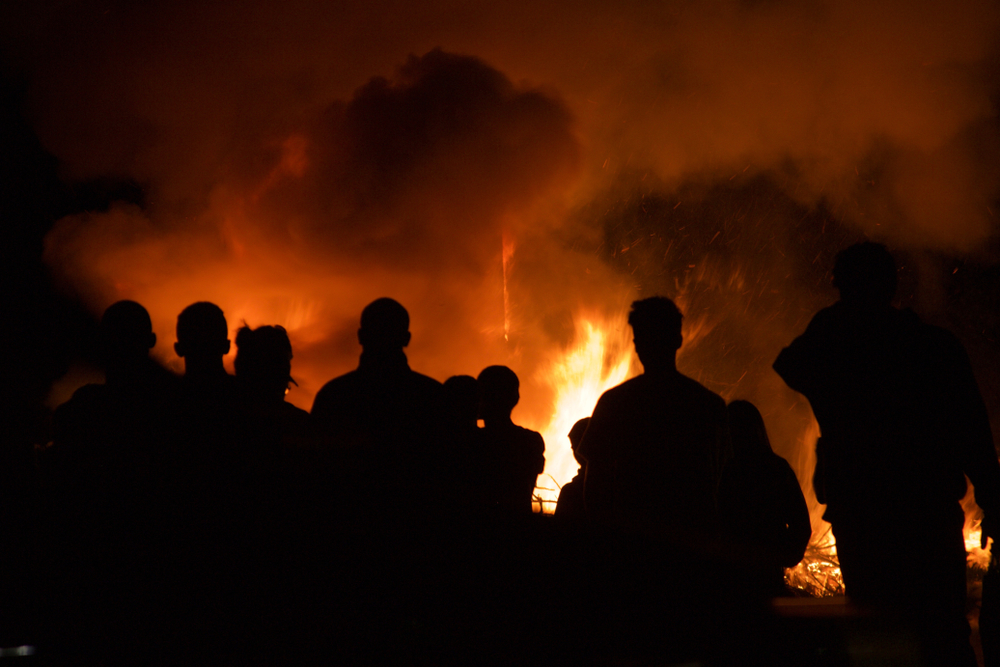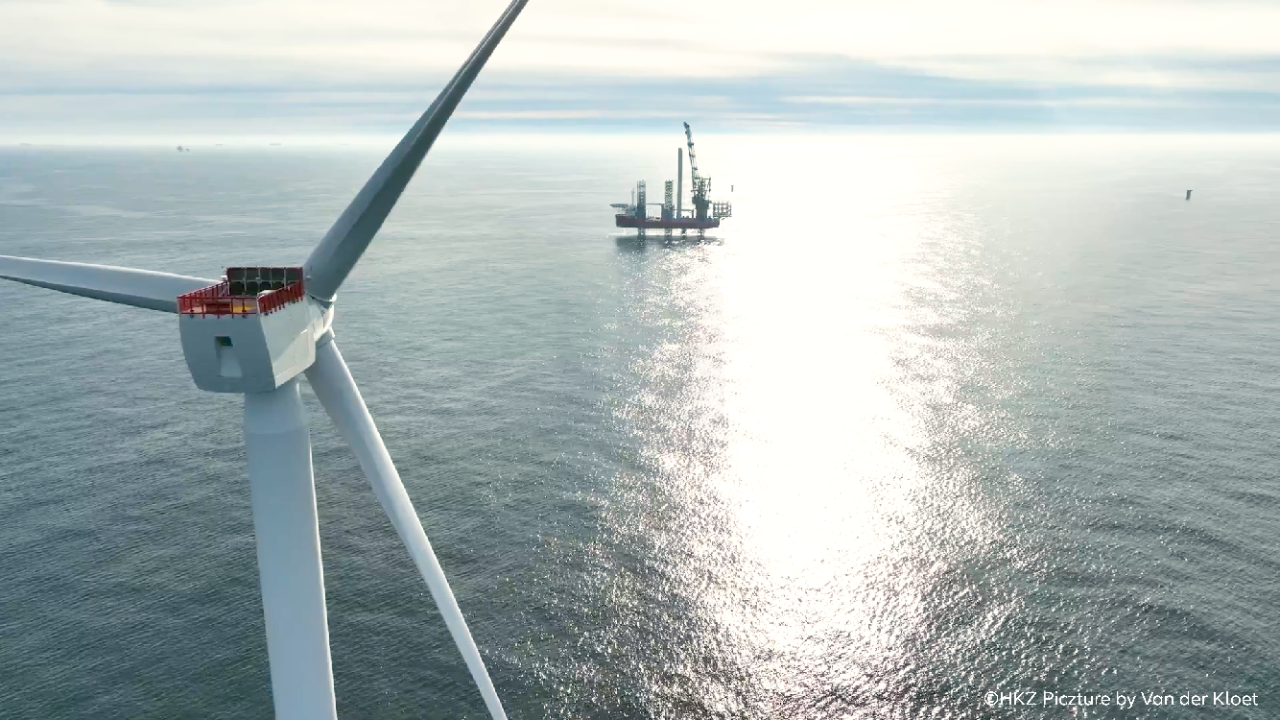In 2018, the Allianz Risk Consulting (ARC) and MidCorp Underwriting teams identified the Mendocino Complex and Woolsey Fires as particularly dangerous firestorms. They engaged CPFI to proactively protect the exposed property of clients.
Allianz Global Corporate & Specialty (AGCS) worked with CFPI to evaluate exposed locations, assess fire threat and prioritize deployment of resources. Eight midcrop customers, ranging from packaging firms to small businesses and farms and ranches were seen as having significant exposure to the forecast fire path.
CFPI then patrolled these eight Allianz-insured locations and undertook preventative measures. These included clearing brush, relocating flammable materials away from constructions, and spraying buildings and foliage with biodegradable, inert fire-retardant foam when the fire threat became imminent.
Scott Steinmetz, Global Head of MidCorp Risk Consulting at AGCS, says that CFPI is continuing to provide ongoing monitoring support as it is extremely difficult to know where the next threat is coming from given the extreme volatility around California.
“We are pleased to contribute to communities struggling to manage exposure to such extreme catastrophe events such as wildfires,” he says. “Our efforts are part of the new frontier in predictive and proactive mitigation responses that are to be expected from the insurance industry.”
Knowing exactly where to invest and deploy protective services in real-time is still not possible.
However, concerted monitoring enables protection services, once deployed, to continue until conditions such as wind speed, low humidity and underbrush dryness diminish over a seven-day period to where the services could safely be discontinued.



